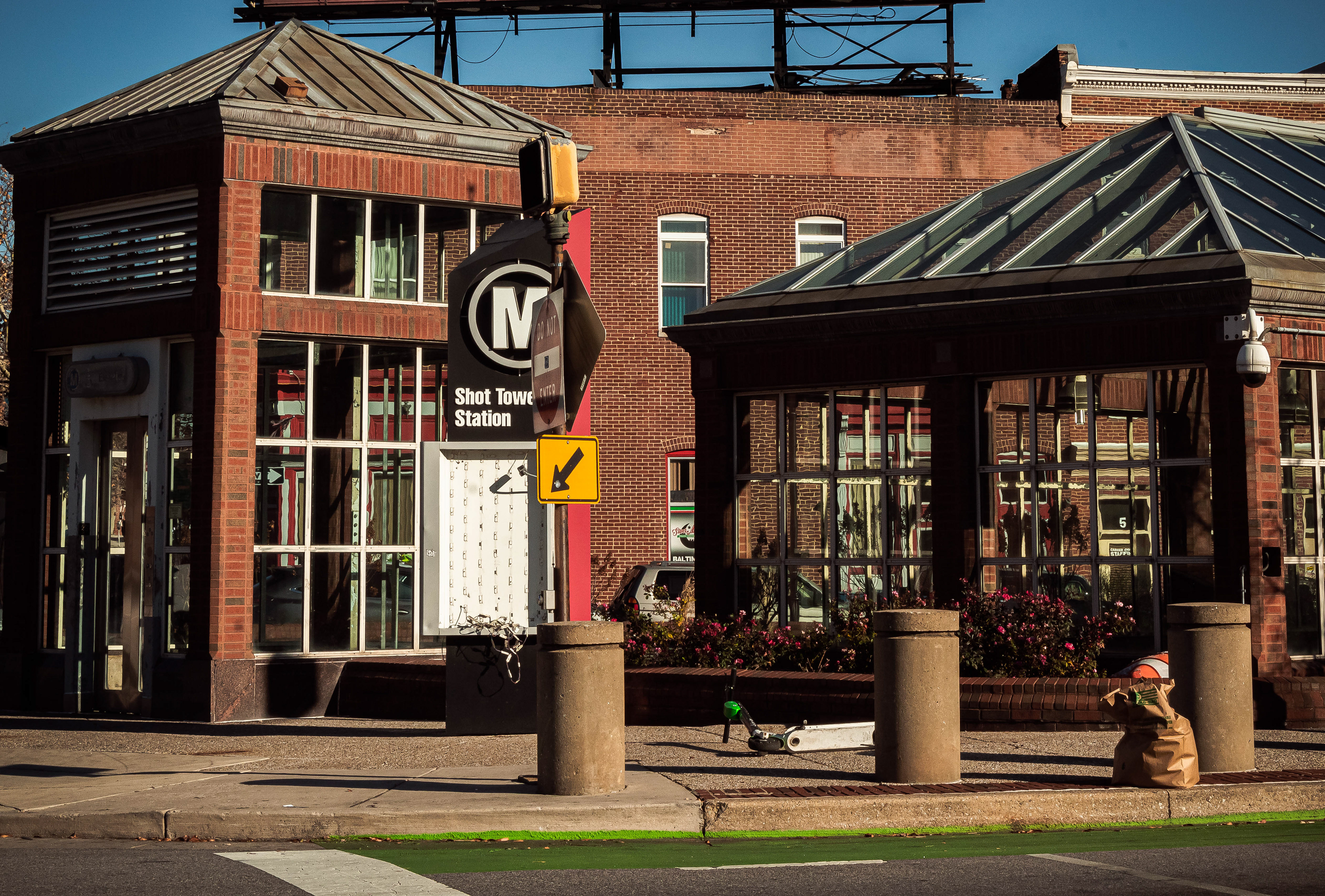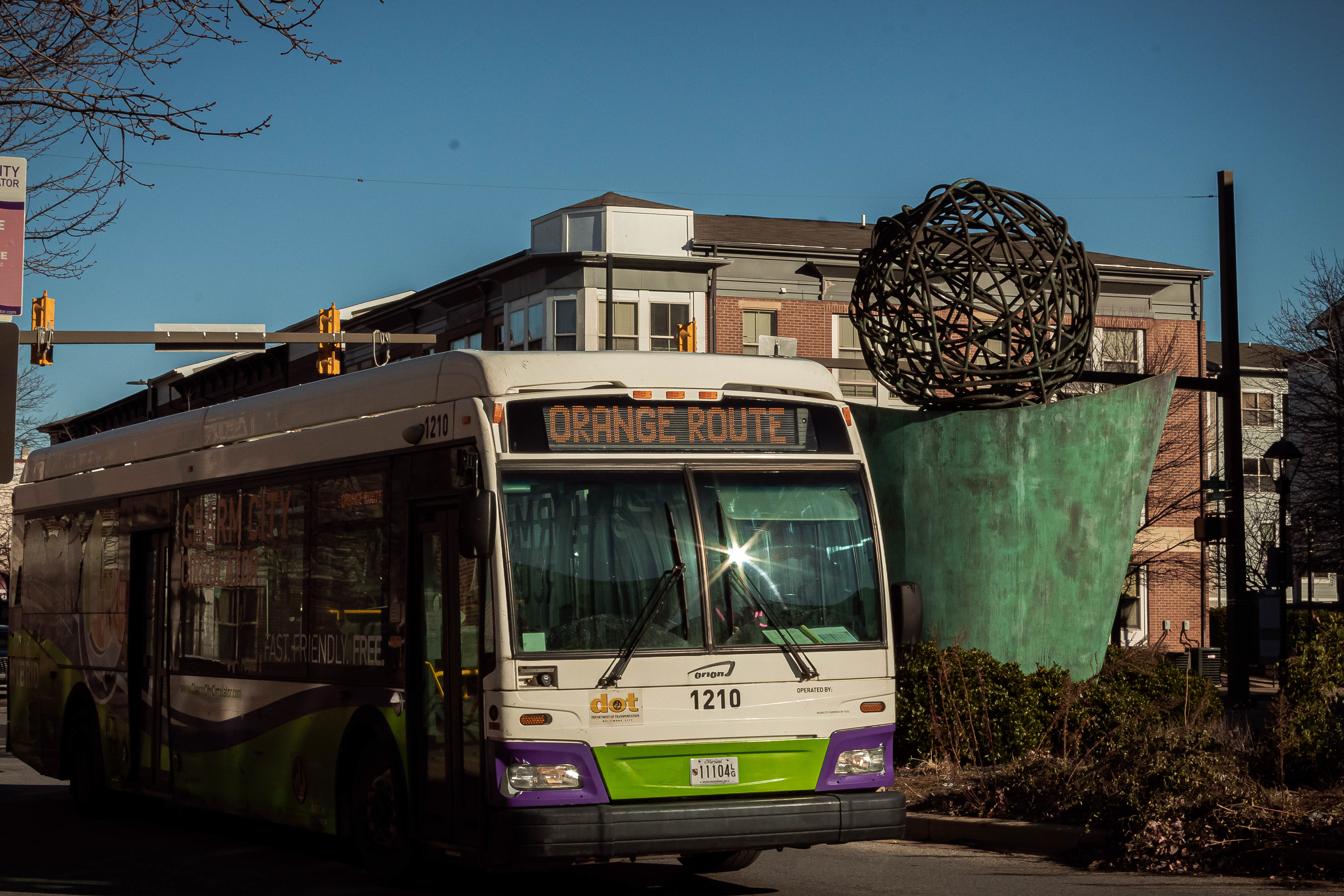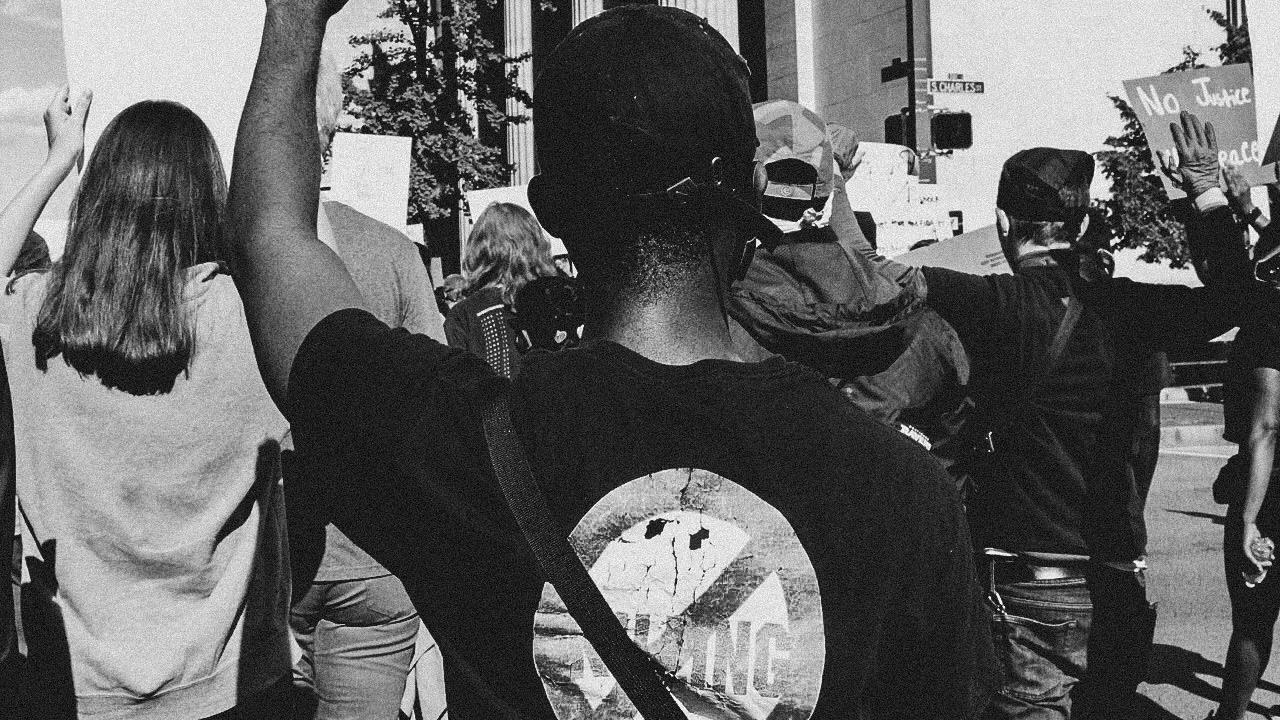A citizen living in Baltimore City has access to 57 bus routes provided by the Maryland Transit Administration (MTA). In addition to the public buses, there is the light rail and subway metro system. The majority of public transportation is in the central downtown area.
A resident living outside of downtown Baltimore, public transportation is limited. Most bus routes only connect to the metro or areas not far from densely populated locations. Lack of reliable transportation can impact access to healthcare services, work opportunities, and education. These factors affect the health and socioeconomics of rural areas.
According to the Rural Health Information Hub, 20-40% of low-income households rely on public transportation. Without mobility, families cannot reach social services and everyday needs. In remote areas, this can be challenging. It can take up to forty minutes to the nearest bus stop.
As someone who does not drive and is always on the go, I know these obstacles all too well. In the area I live, the nearest bus stop is 50 minutes within walking distance. If I needed to go to the nearest hospital, it would take an hour and nineteen-minute commute to get there - by public transportation. This issue is in review by city and state officials on how they will resolve it.
I plan on exploring the Baltimore transit system, its routes, and the areas around them. There are 14 metro stations located throughout Baltimore going north and southbound from Owings Mills to Johns Hopkins Hospital. The current station featured here is the Shot Tower station. Located in the central part of the city, it is near tourists landmarks, businesses, and the Inner Harbor. It is also near Baltimore Rescue Mission, Karis Home, and Baltimore Homeless Services. With this observation, it is good to know if a person needs living assistance it is not too far from the Shot Tower Station area.
A resident living outside of downtown Baltimore, public transportation is limited. Most bus routes only connect to the metro or areas not far from densely populated locations. Lack of reliable transportation can impact access to healthcare services, work opportunities, and education. These factors affect the health and socioeconomics of rural areas.
According to the Rural Health Information Hub, 20-40% of low-income households rely on public transportation. Without mobility, families cannot reach social services and everyday needs. In remote areas, this can be challenging. It can take up to forty minutes to the nearest bus stop.
As someone who does not drive and is always on the go, I know these obstacles all too well. In the area I live, the nearest bus stop is 50 minutes within walking distance. If I needed to go to the nearest hospital, it would take an hour and nineteen-minute commute to get there - by public transportation. This issue is in review by city and state officials on how they will resolve it.
I plan on exploring the Baltimore transit system, its routes, and the areas around them. There are 14 metro stations located throughout Baltimore going north and southbound from Owings Mills to Johns Hopkins Hospital. The current station featured here is the Shot Tower station. Located in the central part of the city, it is near tourists landmarks, businesses, and the Inner Harbor. It is also near Baltimore Rescue Mission, Karis Home, and Baltimore Homeless Services. With this observation, it is good to know if a person needs living assistance it is not too far from the Shot Tower Station area.

The southern entrance of Shot Tower Station located in the central area of Baltimore. Within this location is are shelters, tourist landmarks, and residential homes.

The Orange Route is one of the Charm Link buses. Charm Link bus system is privately funded and provides citizens with free transporation throughtout downtown Baltimore.

Close up of the sign metro landmark in front of entrance. Normally, a lit up map showing the connecting buses near the stations.




